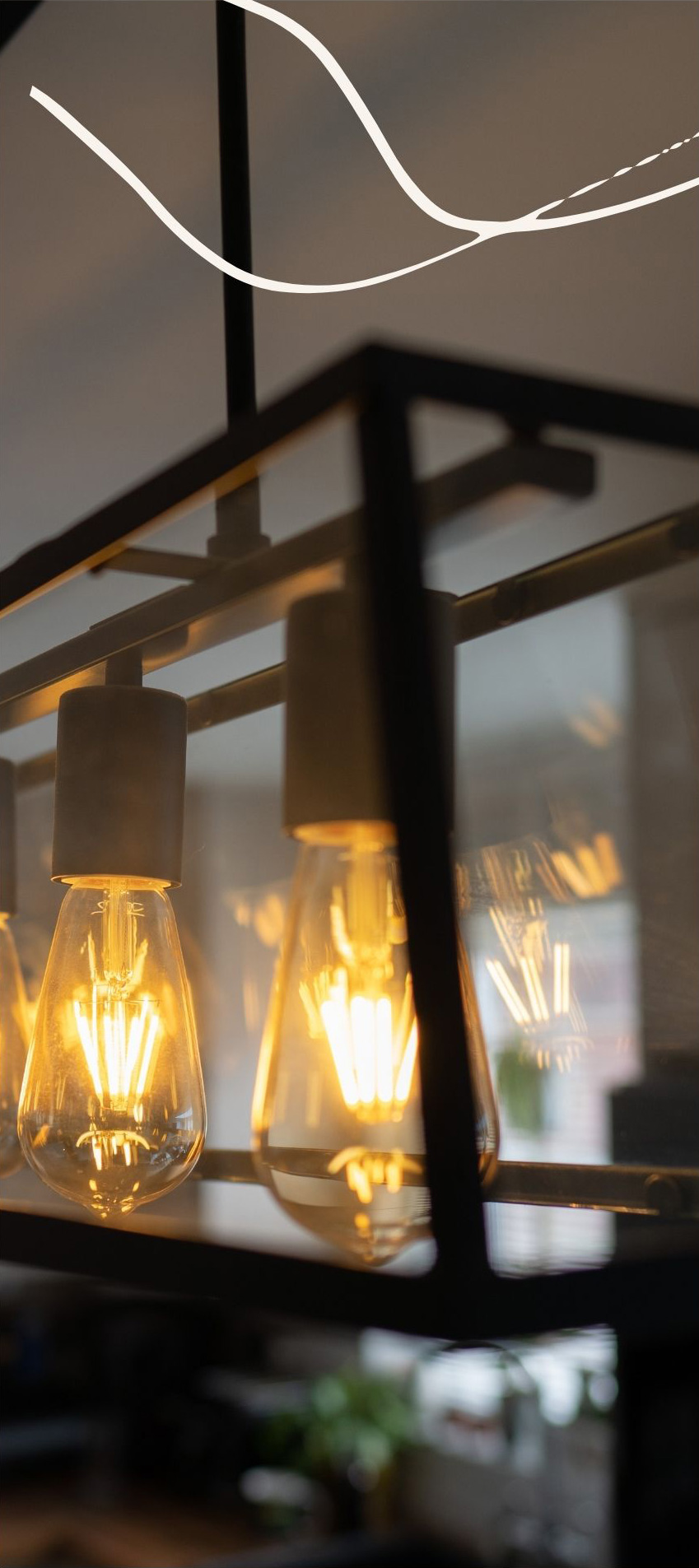The key elements to a smart lighting plan!
With a concept in hand it will ultimately be easier to select lighting.
Selecting a lighting scheme or determining a concept is very much like choosing a color palette. You need to envision the entire room or home. You also need to understand the function for the types of lighting, the effects of certain types of lighting and it’s aesthetic impact. One light can change the entire space or make a newly renovated room feel cold when the goal was to be a warm inviting space. So to begin, ask it’s function within the space. Is the lighting for a specific duty or chore? Is the lighting for an overall illumination? Is the lighting to showcase your artwork? Do you want the lighting to accent an architectural feature? Do you want it to illuminate with a high luster on surfaces or do you want the light to be fully dimmable with a soft diffused feel? Do you want dramatic lighting, warm or soft lighting?
There are so many choices and decisions from concept to scheme, which is why an interior designer intentionally plans each light in the space. The light source has specific attributes, focus, color and distribution that should be part of the design process. Lets walk through the bulb choices before buying. LED characteristics are low energy consumption and low maintenance. They provide a warm-cool color. Fluorescent has poor color rendition characteristics and provides a warm- cool color. Incandescent offers a decorative appearance and is the warmest color character. The halogen light is moderately higher efficiency than incandescent and provides a neutral light. Adjustability is an important feature of lighting to allow for a change of brightness and mood. Install dimmers wherever possible to ensure the greatest flexibility. Keep in mind that some lights like fluorescents are only dimmable to 20 percent. Halogen and incandescent bulbs give the widest dimmable range. The technology is currently undergoing rapid change so do your research before buying.
There are various lighting types such as indirect direct lights, focal point point lighting, lights, direct architectural lighting, ceiling fixtures, wall sconces, floor and table lamps. An interior designer will plan these lights accordingly under three categories; ambient lighting, task lighting and accent lighting. Ambient lighting provides overall illumination, for instance, a ceiling light pendant over an kitchen island, recessed lighting on the ceiling and combined uplighting and downlighting. Task lighting is focused on controlled illumination such as a desk lamp, inside cabinet lights, bed side console light and is for close proximity to the surface to be set in a manner that minimizes glare. As you can see there is a lot of planning when choosing lighting. An interior designer’s job is to carefully factor in the height and diameter for the lighting as well as; the principles of repetition, rhythm, balance, axis, emphasis, shape and form that govern its use. If you need help with any of these designing concepts I am here to help.
by, Tammy Robinson

